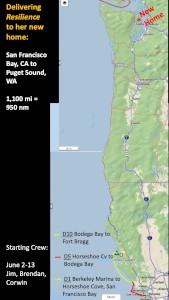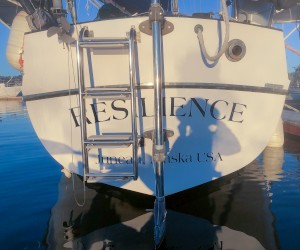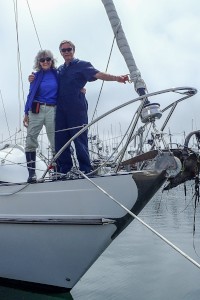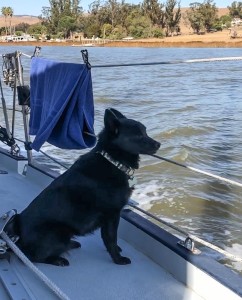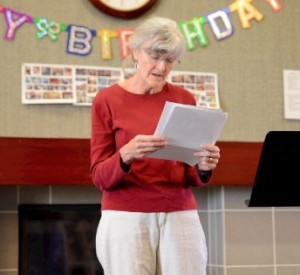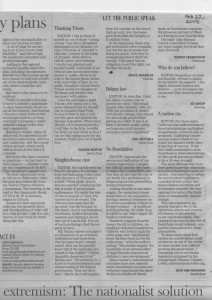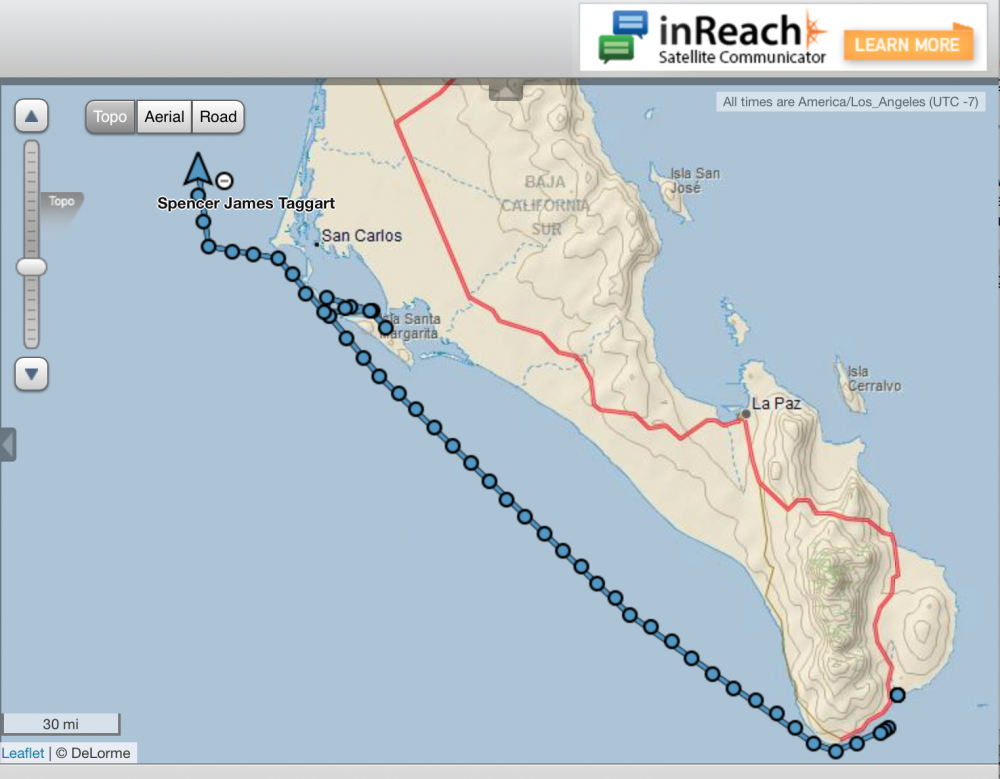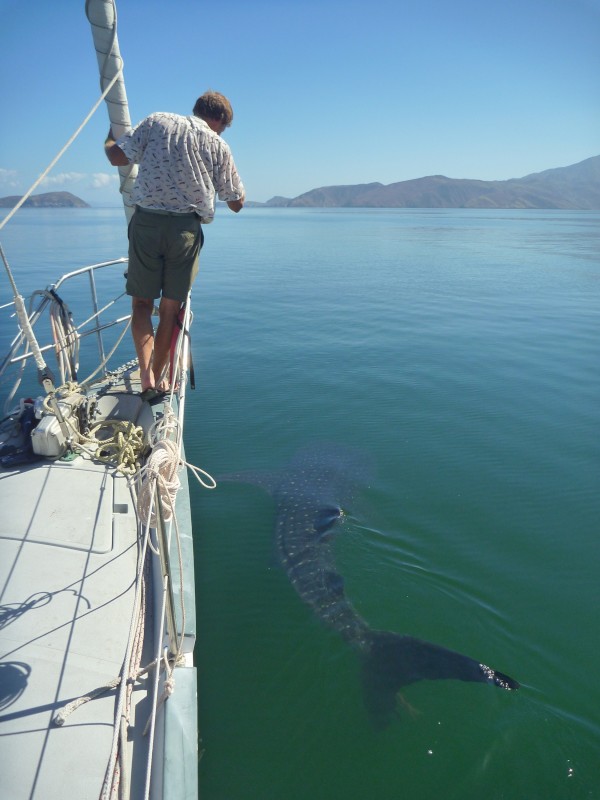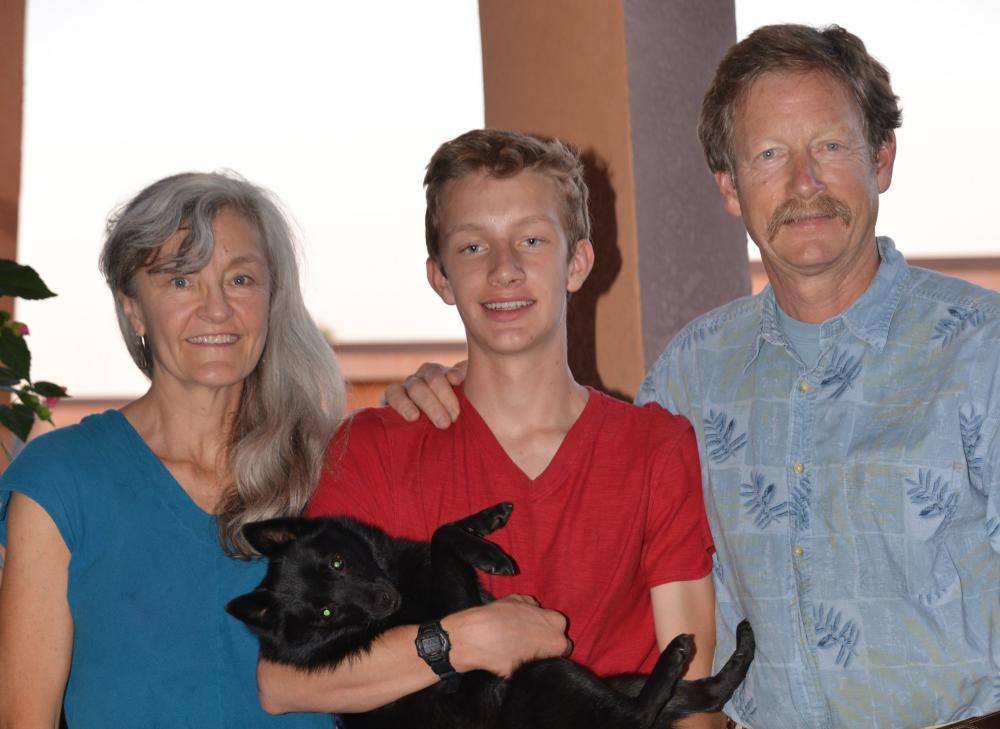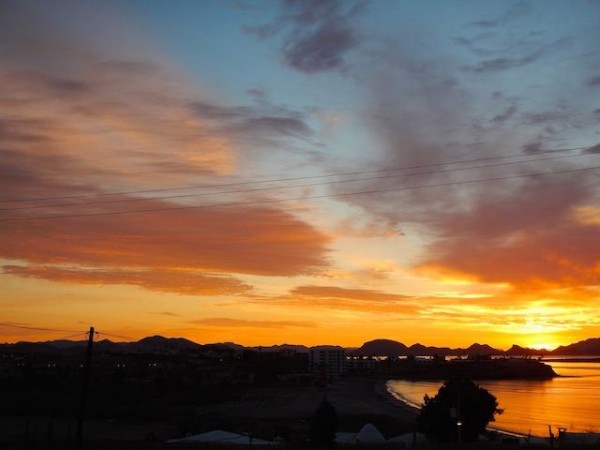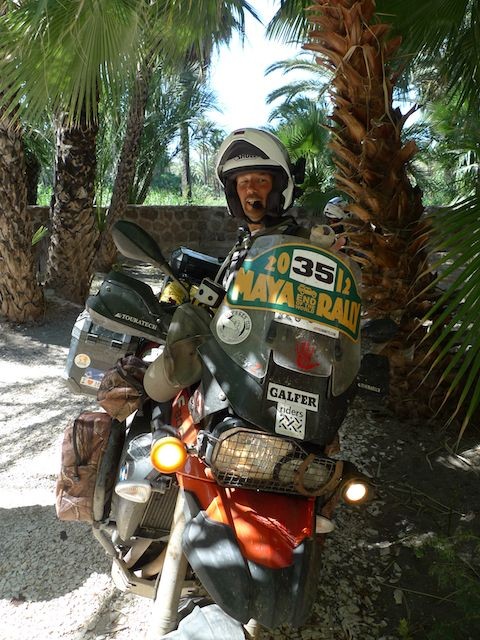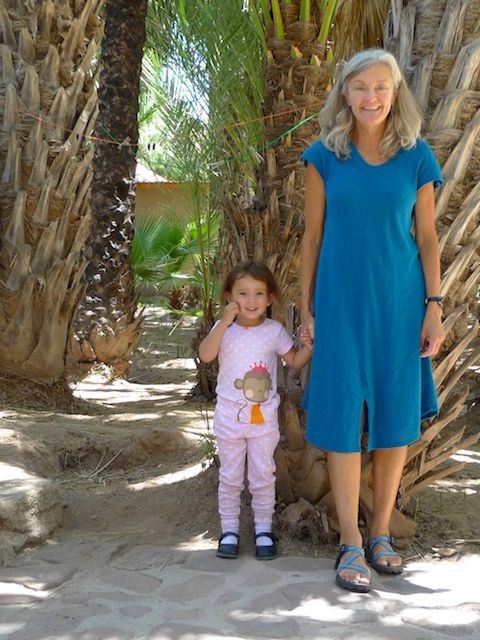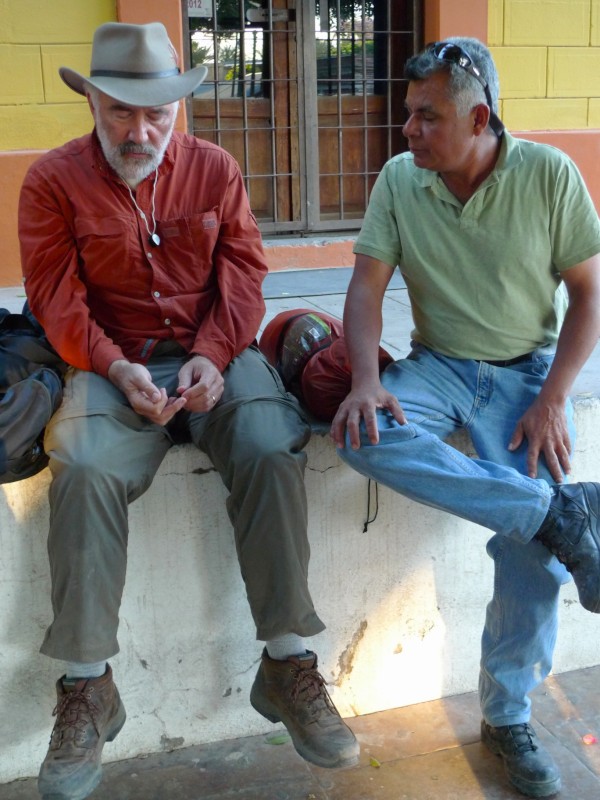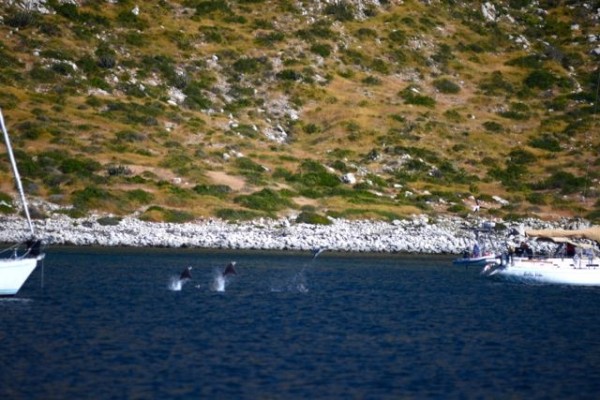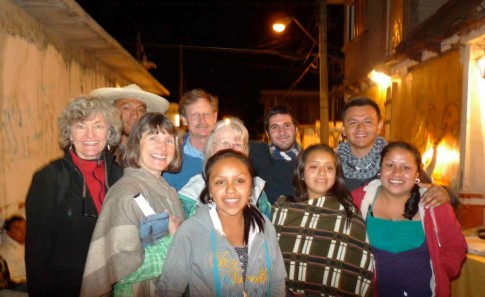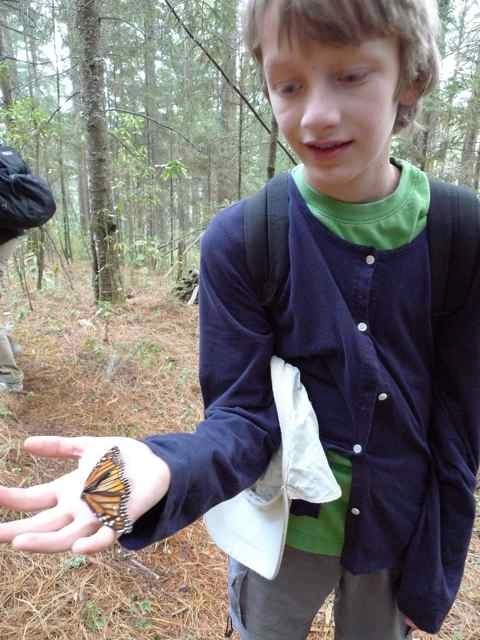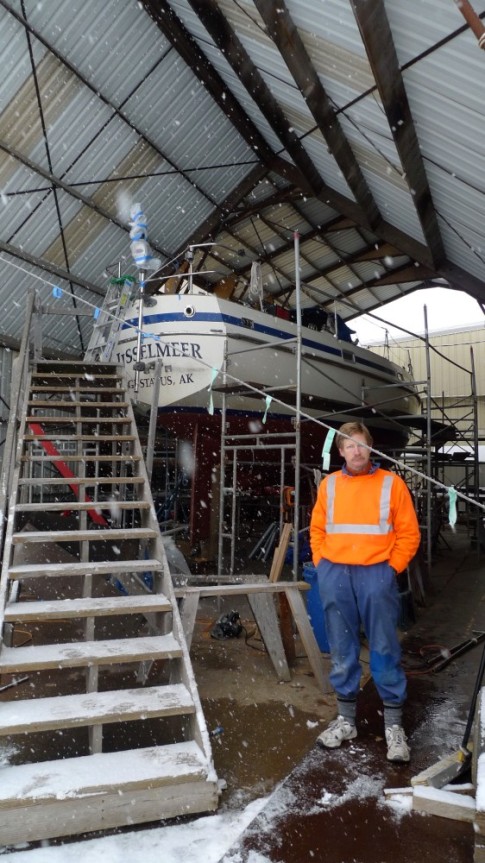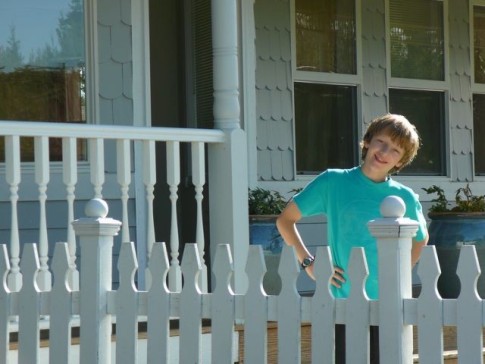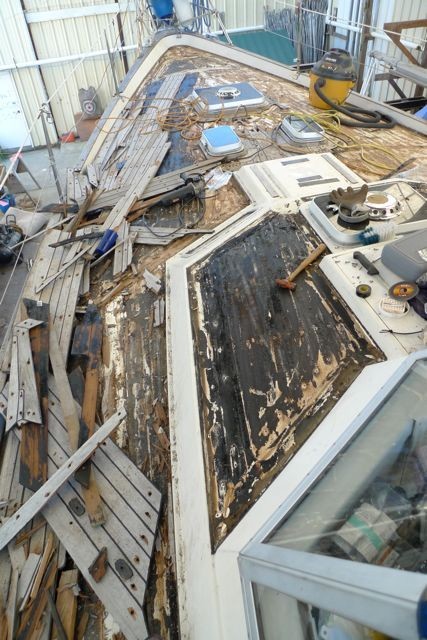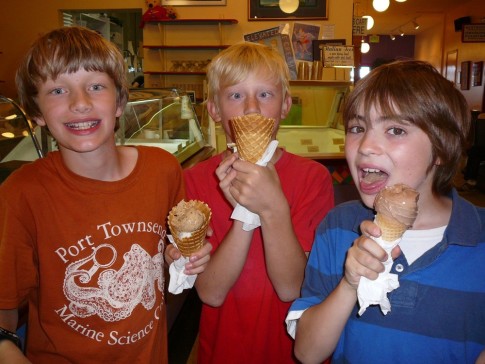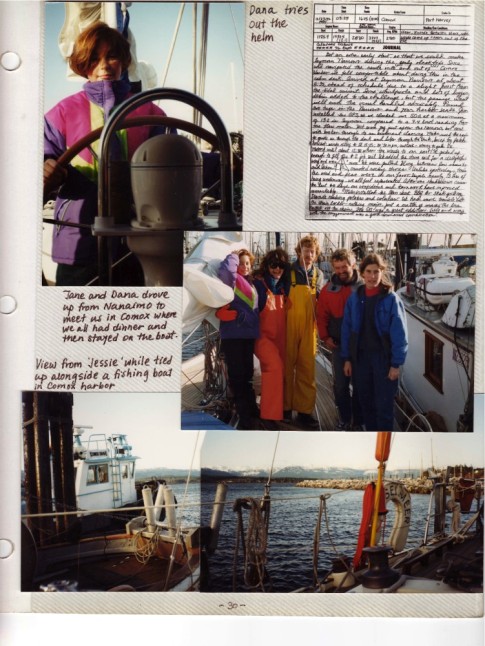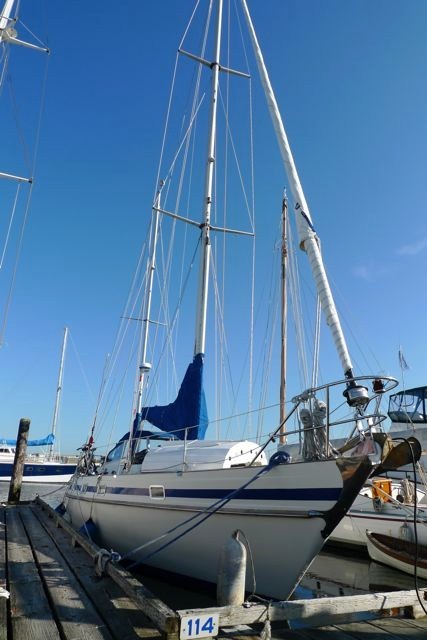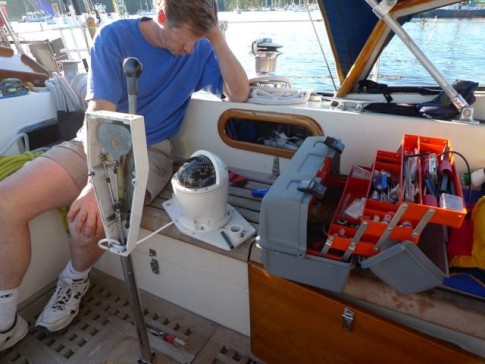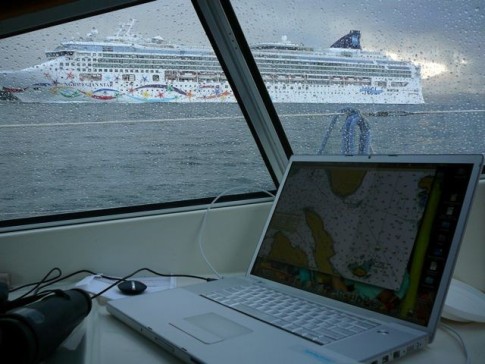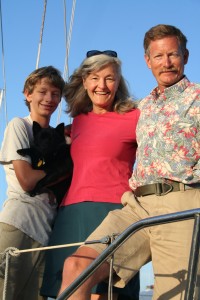MatTag Sailabout
Stories, photos, videos, and natural history updates from a family of three traveling from Alaska to Mexico on their sailboat with their Schipperke.
| Vessel Name: | RESILIENCE |
| Vessel Make/Model: | Contest 44 |
| Hailing Port: | Juneau, Alaska |
| Crew: | Beth Mathews, Jim and Glen Taggart |
| About: | |
| Extra: | 2016: Last year Jim delivered our sailboat from Baja to San Francisco Bay where Glen and I met him for the final leg up the Petaluma River to her new home. Resilience is now moored in the Petaluma Marina, only 20 miles south of our land home in Santa Rosa. |
| Social: |
22 June 2023 | Fort Bragg
Northbound Expedition: San Francisco Bay to Puget Sound
While I as on my book tour for Deep Waters*, Jim's been preparing Resilience for the big move north from San Francisco Bay aree to our new home in Puget Sound, Washington. For the first 2 weeks in June, Jim and crew--Brendan and Corwin--were geared up to start the journey from CA partway to her new [...]
04 December 2022 | Sonoma County
Shadow selfie with Resilience
Shadow selfie from our pedalboard, my favorite way to explore and go birding. Wishing you a fulfilling new year!
22 July 2020 | Bodega Bay, CA
Wilderness with a Big W
Day 40 aboard S/V Resilience*: Last Saturday (7/11), we ducked out under San Francisco's Golden Gate Bridge and motored north into 4-5 foot seas ~4 hours to the shelter of Drakes Bay, off Point Reyes National Seashore. The contrast with exploring the calm, warm-water Delta is striking. Everything [...]
18 December 2019 | Petaluma River
Edgy déjà vu: Petaluma River Retreat from Kincaid Fire Smoke
The Kincade fire began on October 23, 2019 and eventually consumed 78,000 acres--the largest wildfire Sonoma County has ever experienced. The first whiffs of smoke sparked an edgy déjà vu. At noon that day, Jim left our home in Santa Rosa for Petaluma to do some work on our sailboat, planning to return that evening. Although Santa Rosa did not experience an imminent threat, as the Air Quality Index rose, and high-wind forecasts persisted, we decided to shelter on Resilience and head down river to San Francisco. Leaving also meant we could offer our home to a family who had been evacuated from Windsor or Healdsburg, the heart of the Kincaid fire. This short video chronicles our oddly serene trip down the Petaluma River, through agricultural land and past a bucolic small town.
10 January 2016 | Santa Rosa, Ca
VIDEO: Beth reads "The Third Try," a story about releasing fishing line snarled around the prop
Beth Mathews is a marine biologist and writer who set out on a three-year sailing adventure from Alaska to Mexico with her ten-year-old son and husband, after her husband had a debilitating brainstem stroke. In this video, she reads about snorkeling beneath the boat, while in Mexico, to cut the boat's [...]
06 January 2016 | Petaluma Marina
Make a Difference in 2016
With the New Year's first week about to vaporize, I paused today while walking in downtown Petaluma (20 miles south of Santa Rosa) to think about what I had done last year that I wanted to do more of in 2016. The list started with "exercise." Then I remembered that in 2015, I submitted a letter to the [...]
Monarch Butterfly Sanctuary
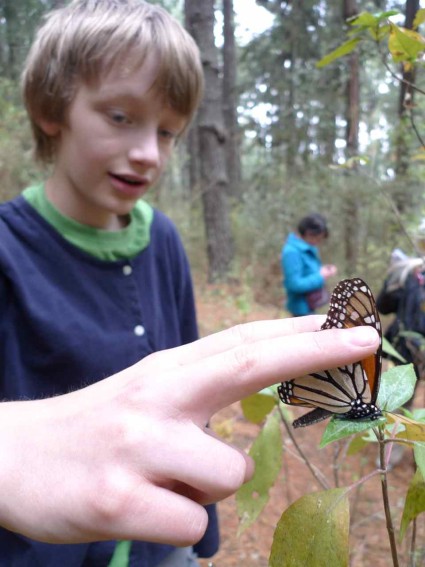
It was already dusk when our bus drove into the small mountain town of Angangueo in Michoacán. Glen and I were the only tourists to stretch down with our bags from the high bus step onto the sloped, cobblestone road. Before we could even look around, locals from the bus had dispersed into side streets and homes. A large, brown-haired man walked up to us.
“Are you here to see the monarcas?” he asked in Spanish, directing our attention to his safari-ready SUV truck. “I can drive you up to the sanctuary tomorrow and bring you back,” he said, or something close to that. I could not understand everything he was saying, but Glen and I understood the gist of his simpler sentences.
He also wanted us to check into a certain hotel, but I already had set up a room somewhere else. “Have you paid anything for your room yet?” he asked. “No,” I answered.
He scoffed (really!), announcing that I could bale on my word and take his ostensibly better offer. After three tries he abandoned his efforts to win us to his hotel, re-funneling his energy into the offer for our trip to the butterfly reserve the following day. “Five-hundred pesos, round trip,” he said, “and I will wait for you. I will watch over you.”
I was cordial, but firm: I did not want to make a commitment about our plan for the next day. It was nearly dark by then. He was wearing a heavy brown coat; we were underdressed for the high altitude cold. Angangueo, formerly a mining town, is perched in a canyon at about 7,800 feet. The man, who was overbearing but not threatening, escorted us up the street to our small hotel, through a dozen or more talkative middle-aged men on the sidewalks. A few wayward comments were tossed lightly at us, the odd non-locals on the street. As we walked up the road, our high-tech-sandaled feet pressed against stones laid some 220 years ago. The cracked sign hanging above the door to our hotel was splotched with mud dust.
At our hotel, the husband and wife proprietor were waiting with a young man, probably in his early 30s. Rosa smiled and shook my hand. She acknowledged that I had called her the morning before and that she had contacted the young man because they do not speak any English. I got the impression that Rosa and her husband had been waiting for us since that conversation, which I had rehearsed twice in the company of my LaRousse Spanish-English Dictionary. Five or six rooms skirted the small courtyard, which was contiguous with the spaces occupied by Rosa’s family. There were no other visitors evident.
The young man introduced himself. “Hi, my name is Da’veed. I am a guide for the butterfly reserve,” he said in clear English. After talking briefly with our street escort, David clarified that the man accompanying us was offering to drive us to and from the butterfly sanctuary, but not to guide us to the butterflies. His price for this service, which we knew, was $500 pesos (~$50 US). What we did not know— that David shared—was that we could get to and from where the brown-haired man offered to take us by bus for $12 pesos ($1) each.
Since the collapse of the mining industry the primary source of revenue for Angangueo, home to about 5,000 people, is tourism. Recently the town has suffered two severe blows. In the past decade Mexico’s drug trade has slammed tourism countrywide, but especially in Michoacán where there have been overt shoot-outs among cartels in a few cities. Who wants to vacation with the fear of nearby trafficking and drug wars, let alone a stray bullet or two? As if that weren’t enough for this humble, on-the-edge (literally and figuratively) mountain town, 13 months ago Angangueo experienced an unprecedented mudslide that took out many homes and killed 35 people, leaving the town with major cleanup, rebuilding, and emotional healing ahead.
These assaults may explain why Glen and I were the only white people on the street in Angangueo that night and the steep competition between the two men to escort us to the Biosphere Reserve. These are lean times in Angangueo.
After our education on the transportation options for our upcoming tour, David asked me to explain to the man (in my 2nd grade Spanish) that we would prefer to take the bus. Our escort had come in to the entry patio of our hotel with us and was sitting forlornly on a folding chair, elbows on his knees, nearly blocking the narrow entry to the laundry area and patio of our meager hotel. He held his hat in his hands.
While David translated back and forth between me and the brown-haired man, there had been a third man interacting with David and gesturing to us. He had trotted close to David’s side from the beginning, interjecting rapid sentences that I could not follow. During the diplomacy with the SUV chauffer, this third, more slight man stood a few inches away from David’s left elbow and interrupted David with animated exposes that neither Glen nor I could understand. We did understand maybe %40-60 of what David was saying when he spoke in Spanish.
The side man acted as if he were a bit drunk and he seemed to me to speak with a slur, but then I could not understand his Spanish at all. David calmly tolerated, rather than rebuffed him, but he also never addressed him directly.
Then, after a fourth flurry of disruptive activity, from my periphery I saw Rosa gesture toward David’s sidekick, her hands held low beside her smock apron, but fluttering outward almost like a mother plover feigning a broken wing. She succeeded in whisking the sidekick off to another room or the street. Later, I wondered if the innocuous sidekick might have been the son of the owners, and perhaps a young man with a learning disability. David’s steady tact in letting this man express himself up to a point, but not to the point that he scared us off, was admirable.
Back to our interaction with the gentle hawker on the chair: David noted to me in low, rapid English that he wanted me to convey the news that we had decided to take the bus to the reserve, rather than ride up and down in the man’s SUV, which was still parked in the street up where he had met us earlier. David said that if he told the man that outcome, the man would not believe him. While I spoke with the man on the chair, David and the other family members left the room. Then, the man stood up and quietly left; I felt sad about not being able to involve him.
Glen and I carried our backpacks and one small bag up the short flight of chipped steps to our bare-bulb, simple room, set our bags down inside, and locked the door behind ourselves. We were both hungry and David had offered to escort us to a restaurant. Through our nuanced social dance, we were still assessing David. Glen felt comfortable with him, too. We followed David from the hotel and back out onto the street.
David walked us up between two towering cathedrals, toward what was the only restaurant still open and serving food. Why are there two churches right across the street from each other?” I asked, as I bent my head up to look at the carved bell towers on either side of us.
“One was beelt for the poor people and one was built for the reech people,” he answered, in his slight accent. He then went on to explain more about the architecture of the fancier one. The Inmaculada Concepcíon was constructed by a wealthy family as a miniature Notre Dame de Paris complete with its Gothic tower. I later read that, although their clocks face one another, they often project different times.
We wound our way up a narrow sidewalk to the small taco shop David had mentioned. There, a young husband and wife, surrounded by fresh foods, chopped meat and chorizo, and a stack of today’s tortillas, were making three types of tacos at a sizzling, free-standing grill. Their tiny, bright-eyed daughter and one or two other children were there too, helping with clearing or serving, or just being part of the family and visiting with patrons, whom they seemed to know as neighbors.
Five bright tables filled the available space and were set with trays of fresh red and green salsa, chopped onions, cilantro, and guacamole. Here, ‘fresh’ means made from ingredients picked that day or the day before. I don’t think I have mentioned that Michoacán is considered the avocado capital of Mexico, if not the world. No meal is complete without sliced fresh ‘aguacate’ or a fresh batch of guacamole. A bit of history about this vitamin E loaded, vegetarian butter (that we learned from our friend Bernard): In the ___ culture/s, young girls were kept indoors during the harvest of avocados from the low-spreading regal trees, because the dangling pairs of ripening fruit resemble a man’s private anatomy (check it out – some do!). This is the same reason the Aztec word for avocado translates as ‘balls.’ [CHECK]
“Is this okay?” David asked, as we stepped tentatively onto the edge of the open restaurant, which accessed the street from an opening the size of a single-car garage, a taco stand with a covered seating area recessed into a building instead of out on the street. David seemed concerned that the tiny, plain locale might not suit our tastes.
“This is great,” Glen said seconds before I could respond. We consulted briefly and Glen ordered ‘bistek’ tacos and a quesada in Spanish for us. I offloaded my backpack and climbed in to the only remaining, sunshine yellow table flanked by painted benches.
A striking North American woman with long, thick white hair was at the table next to ours finishing a meal with a group of four locals. She and David greeted each other warmly. He told me and Glen that she was a teacher from Ohio and that he had been her guide and translator a few years ago. “She brings students and families here to visit the butterflies,” he added. I knew that I wanted to meet her.
----------------
On Mar 15, 2011, at 6:14 PM (Beth):
Mon, March 14, 2011
As I write, Glen and I are jostling along on a second-class bus between Morelia and Zitacuaro. I scooped him up from his last day at the Mexican school, just after he finished giving a talk on Alaska (photo) -- in Spanish.
We are on our way to a monarch butterfly sanctuary about 7 hours from Patzcuaro and near the border between the states of Michoacán and Mexico (the state in which Mexico City resides). The pressure around my upper abdomen from a hidden passport/money belt beneath my shirt reminds me that there are security risks traveling in Mexico, especially without Jim to round out our family triad.
This afternoon we will arrive in Angangueo, a small town where we reserved a hotel room for tonight for $350 pesos/nt (~$33 US). Then, tomorrow we will take a short bus drive to the sanctuary. With a local guide, we will hike up along the mountain about 2 hours -- up to more than 9,000 ft -- with the hope of seeing one of the world's largest aggregations of Monarch butterflies. Starting in November, millions of monarch butterflies aggregate here. Their journey from the Great Lakes region south to central Mexico spans 4-5 generations and some 4,500 miles. How does that work? How did this system evolve? By now, most females have already mated, in preparation for their journey north.
Our bus is now picking up speed, lurching through curves and sudden decelerations for 'topas' (Sp? = speed bumps). It is on the uncomfortable side of warm. I am going to close here to avoid getting bus sick. Instead, I'll look out at the dry, pine, eucalyptus, and nopal cactus-studded terrain, alternating with evenly tilled rows of the next season's nubile crops, and clusters of partially constructed brick homes.
It is odd to be on this remote natural history journey with Japan's tragic situation as the world's back drop.
Beth
-----
Mar 11, 2011, at 7:05 AM,(Beth):
Jim and I have decided that Glen and I will stay at my uncle's townhouse in Patzcuaro for an extra 2 weeks, until March 23, so that we can continue to make progress with our Spanish and homeschooling, and (for me) guitar lessons. Jim is motivated to return to Port Townsend to continue working on preparing Ijsselmeer for our voyage south, which we will start around June.
Although none of us like the idea of splitting up, we have made several good connections here and feel very comfortable and safe with our simple routine. We think that this extra time will make a detectable difference in language progress for Glen and me, and that that will translate into a better and safer voyage on Ijsselmeer.
I've added a few photos of our 2nd to last day with Jim here. We visited Santa Clara del Cobre, a nearby town that currently and historically specializes in making beautiful bowls, vases, and other useful and artistic items from copper, and the last morning waiting for Jim's taxi at my Uncle's house in Patzcuaro. There is still so much that we all would like to do, but we are also looking forward to being back together in the Pacific Northwest as well.
Jim returns to Ijsselmeer in Port Townsend today (Friday) after arriving in Seattle late last night. (I will be checking with him on about any issues with the Japan tsunami and whether there might be (any literal) repercussions there.)
We have had a wonderful two months here.
Beth
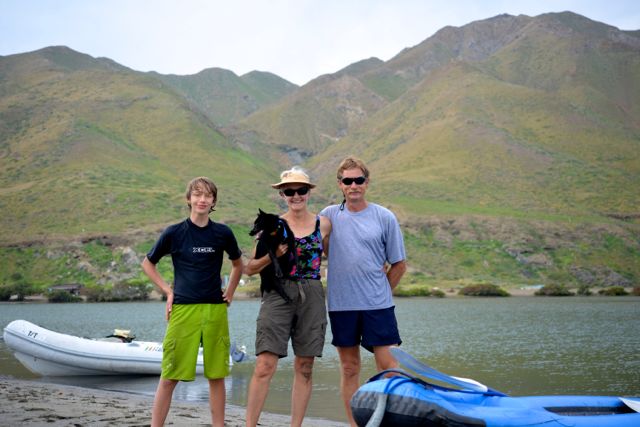 |
Our 2nd stop during our passage south from San Diego to Cabo San Lucas with the 2012 Baja Ha Ha. (This is where Jim is June 20+ 2015)
56 Photos
Created 21 June 2015
|
|
Jim has prepped & is sailing/bashing our sailboat up the outer coast of Baja.
4 Photos
Created 19 June 2015
|
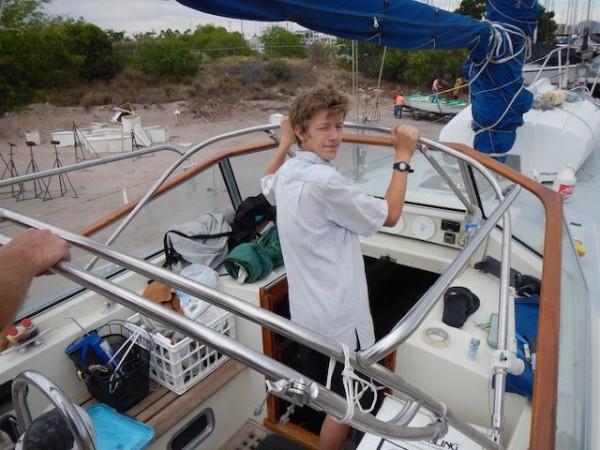 |
Boat painting continues while we pull the mainsail out of the boat and reattach it.
12 Photos
Created 5 April 2014
|
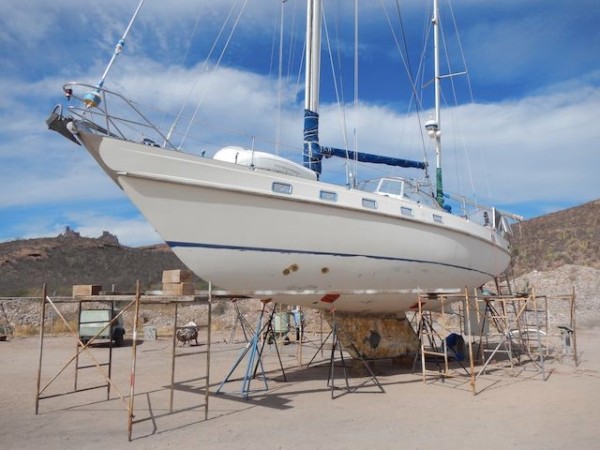 |
Beth and Glen join Jim over Glen's spring vacation in San Carlos, Mexico where the boat is hauled out for painting.
26 Photos
Created 3 April 2014
|
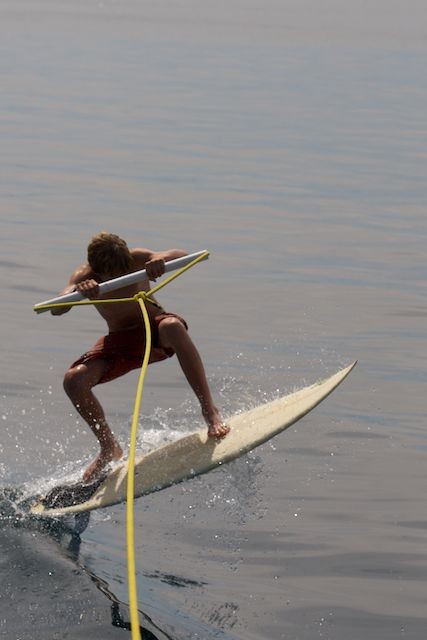 |
Glen surfs his new board by being towed behind our sailboat as we travel north in the Sea of Cortez.
9 Photos
Created 13 June 2013
|
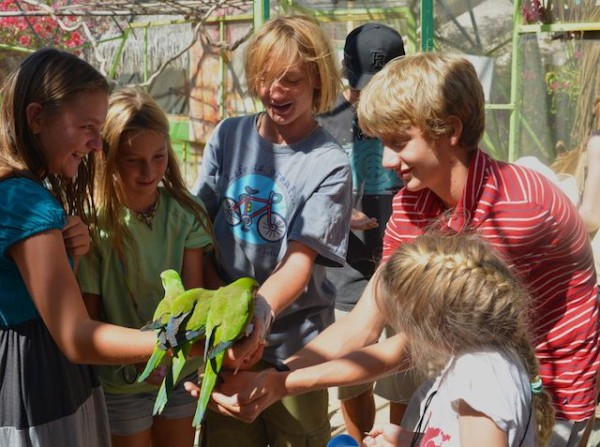 |
Nine of us from 5 family boats visited La Paz's Serpentarium. The highlight was the aviary, where we all got to feed birds that ate out of our hands.
41 Photos
Created 1 June 2013
|
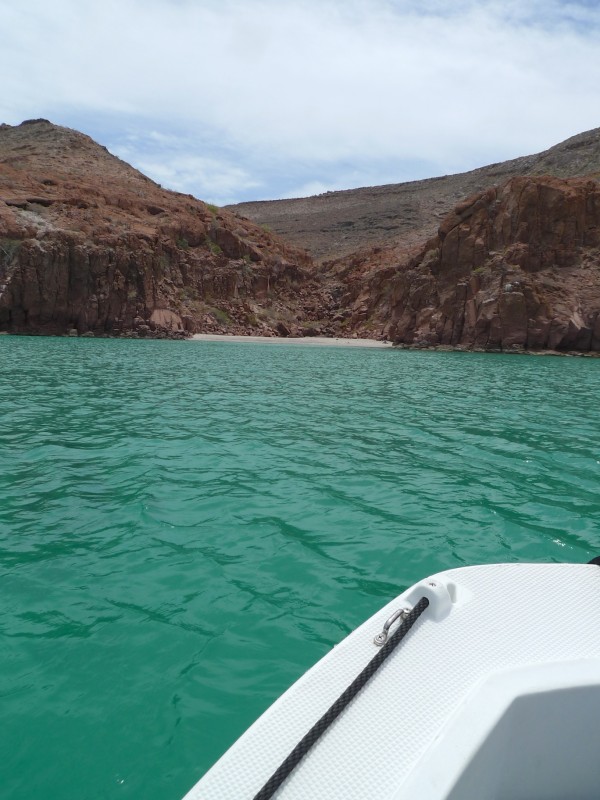 |
We loved getting close to the cactus and volcanic rock on this steep, rocky section above a white beach along the lower Sea of Cortez.
25 Photos
Created 24 May 2013
|
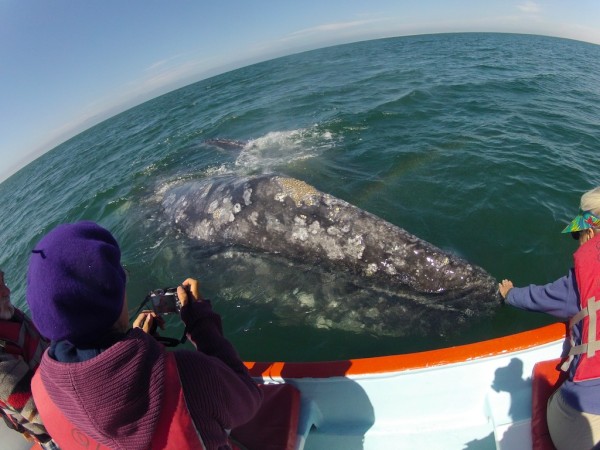 |
Several mother-calf pairs of gray whales interacted with our boat and us in San Ignacio Lagoon -- an amazing experience.
16 Photos
Created 5 May 2013
|
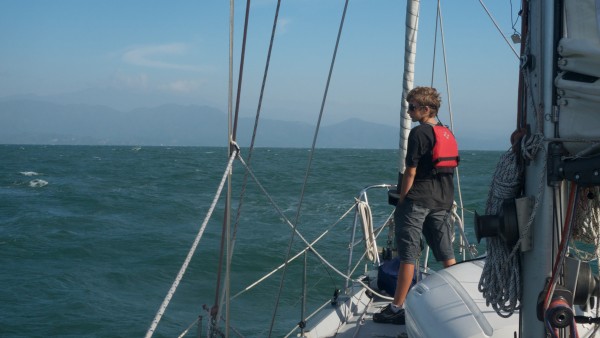 |
On our first day in San Blas we toured the town and ruins with fellow boaters from Lady Carolina
12 Photos
Created 25 February 2013
|
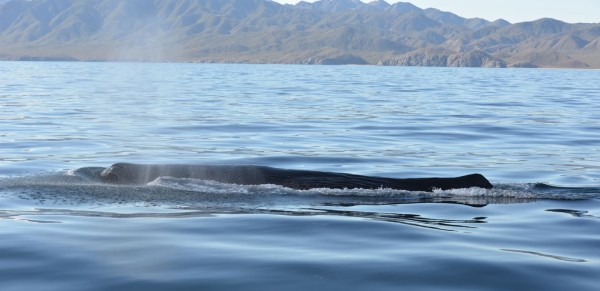 |
East of La Paz, in Cerralvo Channel, we encounter a lone, young sperm whale.
6 Photos
Created 26 January 2013
|
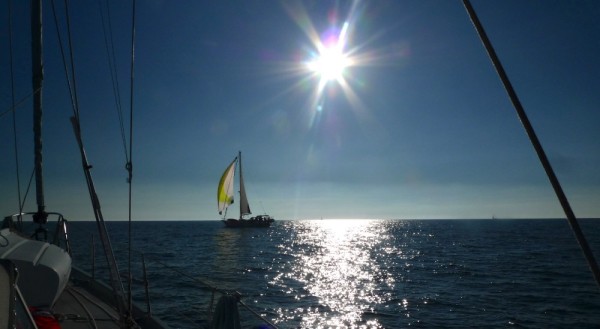 |
San Diego to Bahia de los Tortugas, including Glen's first tuna (under full sail) and our first overnight sailing.
35 Photos
Created 30 December 2012
|
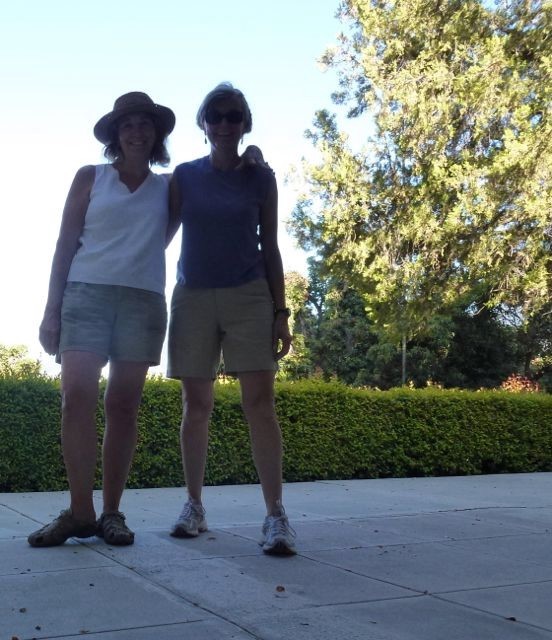 |
Glen and Beth move back to Alameda from Ojai; Glen attends Cazadero Music Camp; we decide to bail on maintaining teak cap rails and paint (!) them instead.
70 Photos
Created 19 December 2012
|
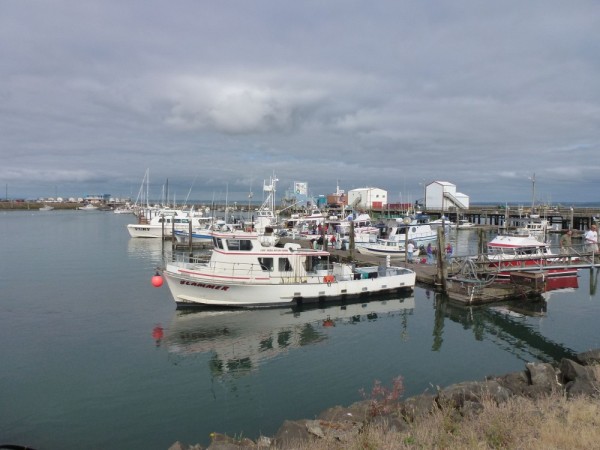 |
We are coastal hopping our way south, pausing to wait for very good weather and to experience small communities and people along the way.
16 Photos
Created 1 September 2011
|
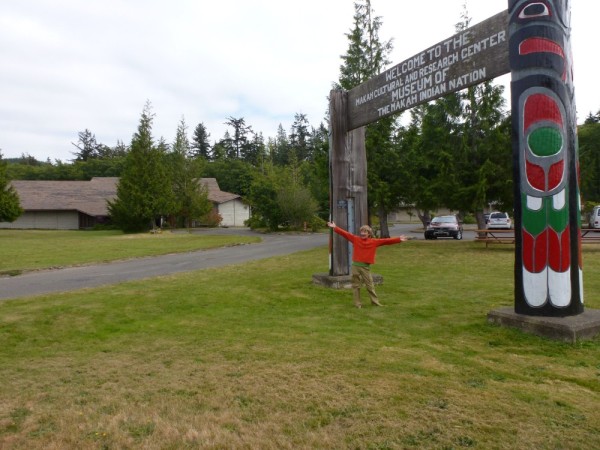 |
Still some essential projects to complete before heading out past Cape Flattery. Made time to visit the fantastic Makah Indian museum in Neah Bay.
9 Photos
Created 11 August 2011
|
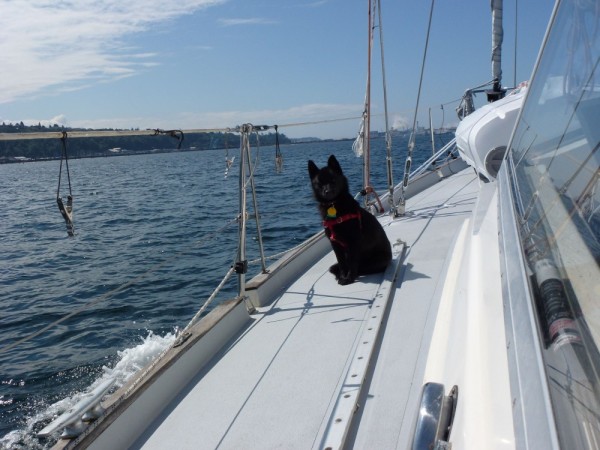 |
Last days in Port Townsend getting ready to start our offshore trip. First leg to Port Angeles; fogged out on Aug 7.
30 Photos
Created 8 August 2011
|
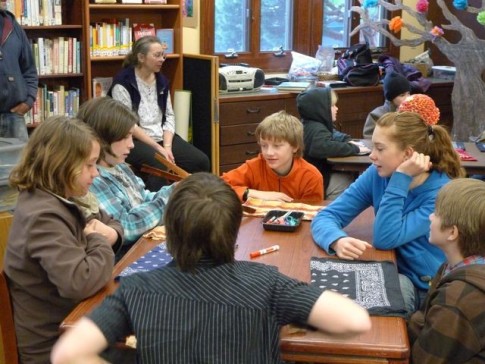 |
We launch our new main sail and discover 2 excellent, free, interactive educational web sites.
26 Photos
Created 29 April 2011
|
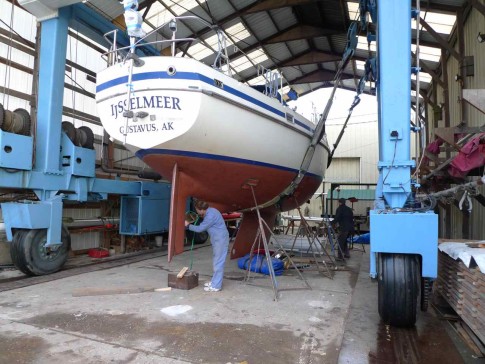 |
Ijsselmeer gets back in the water and is remasted. Christmas on board and with Nan and Ina.
6 Photos | 1 Sub-Album
Created 23 March 2011
|
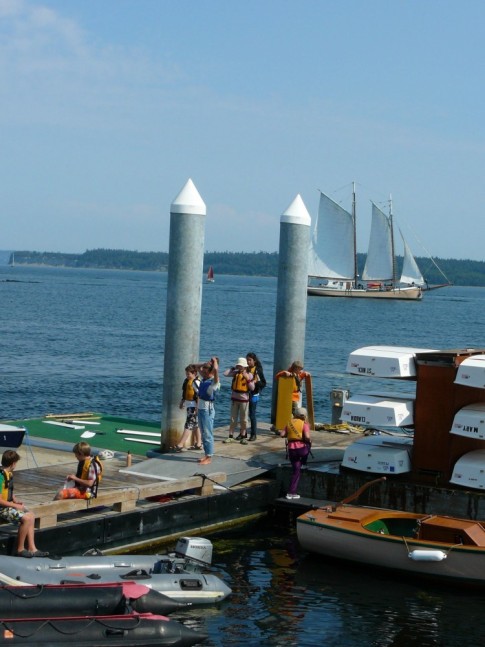 |
We started Ijsselmeer's re-rigging project with Brion Toss, Glen took a sailing class, and we all enjoyed PT's sunny summer.
14 Photos
Created 21 January 2011
|
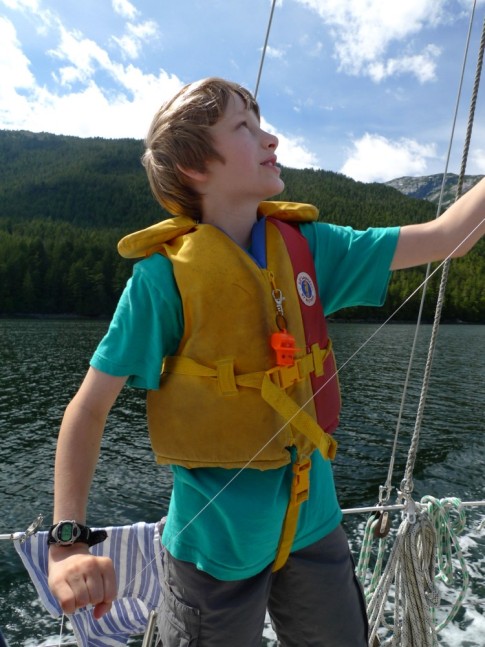 |
We had two beautiful days traveling down through the inside passage to an anchorage just south of Bella, Bella. Glen discovered kite-flying off the stern.
26 Photos
Created 29 July 2010
|
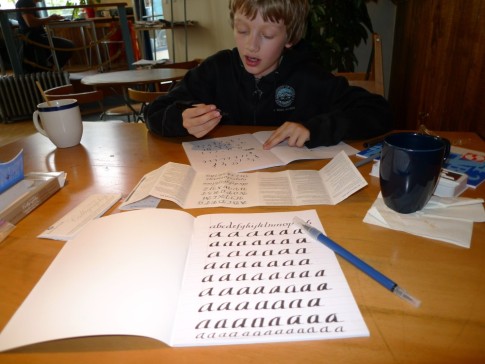 |
Jun 29-Jul 4: We spent a few extra days in Prince Rupert, British Columbia to do some work on Ijsselmeer, and we were also delayed by the weather.
7 Photos
Created 29 July 2010
|

